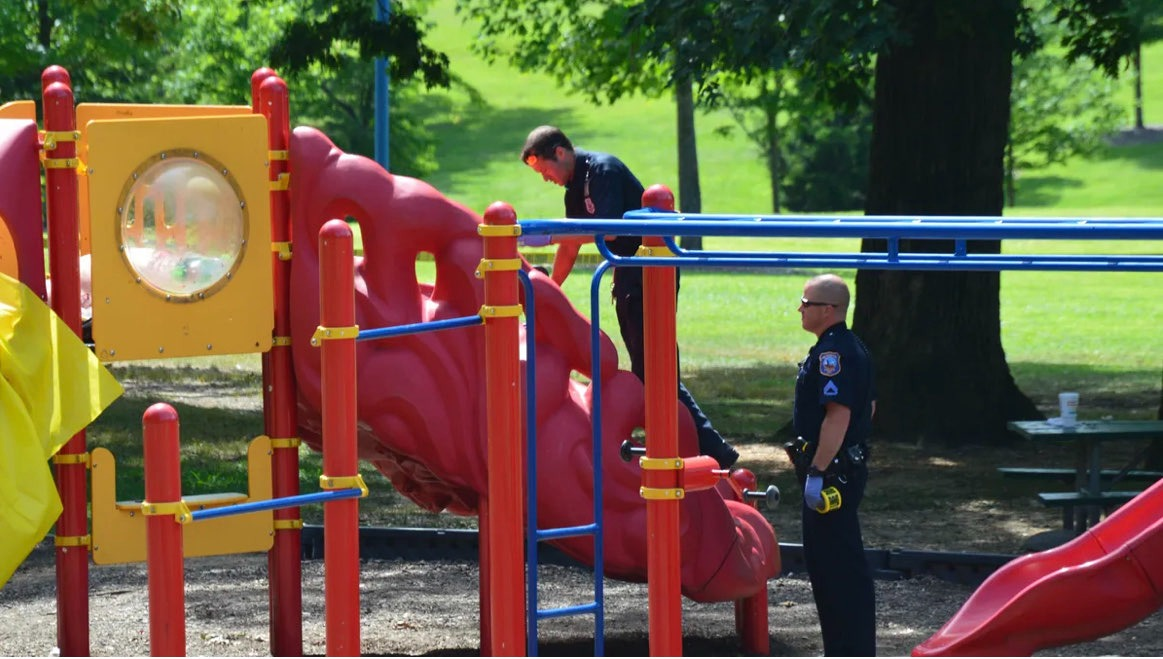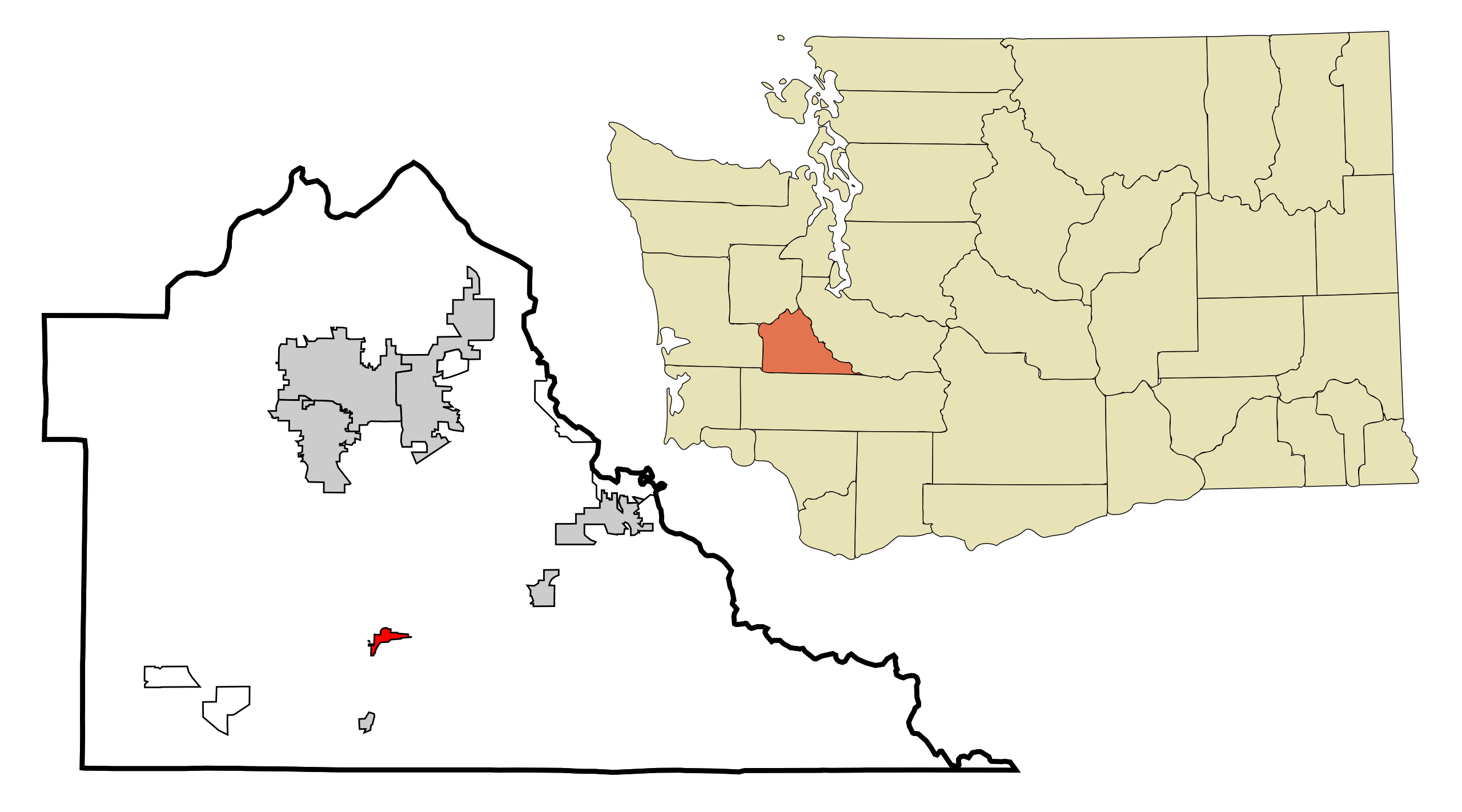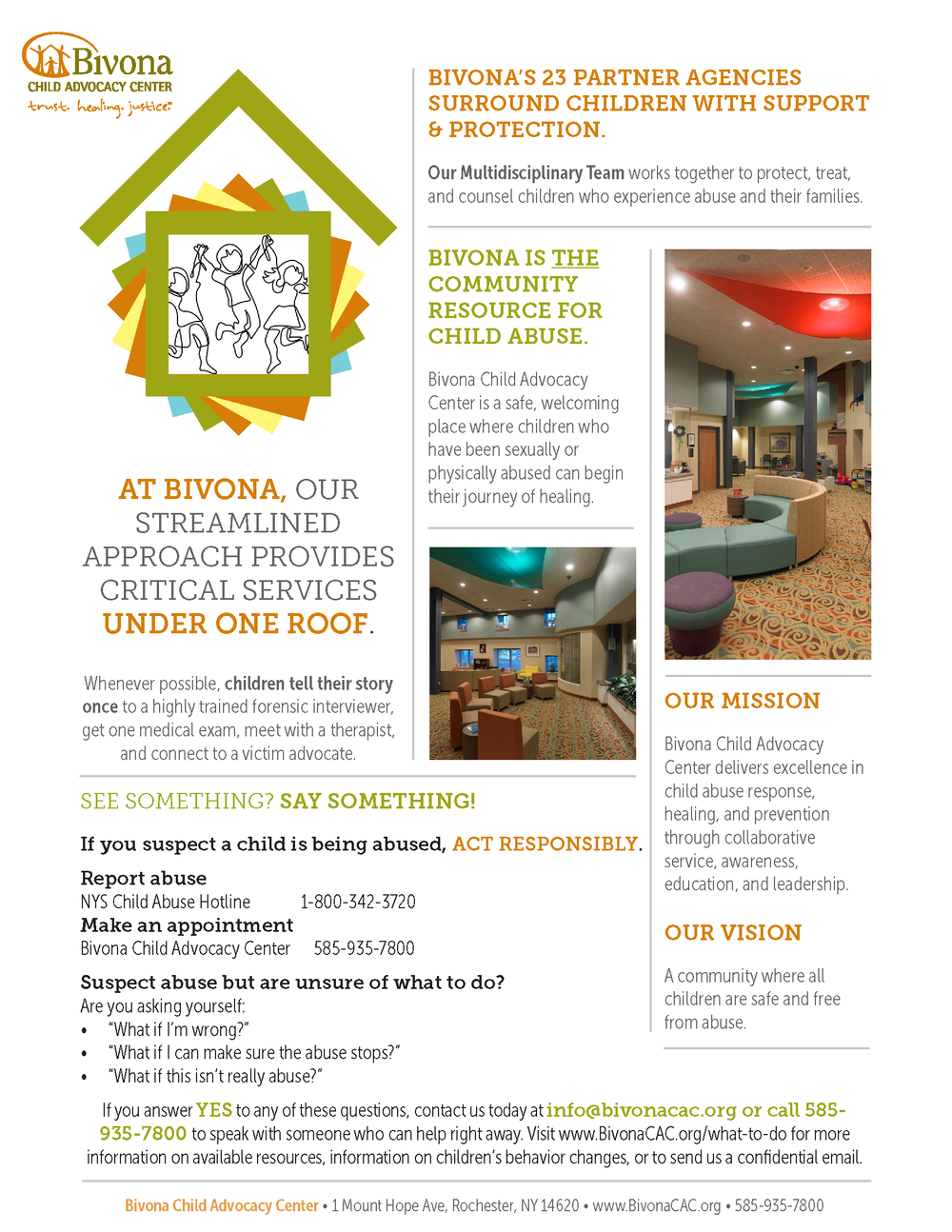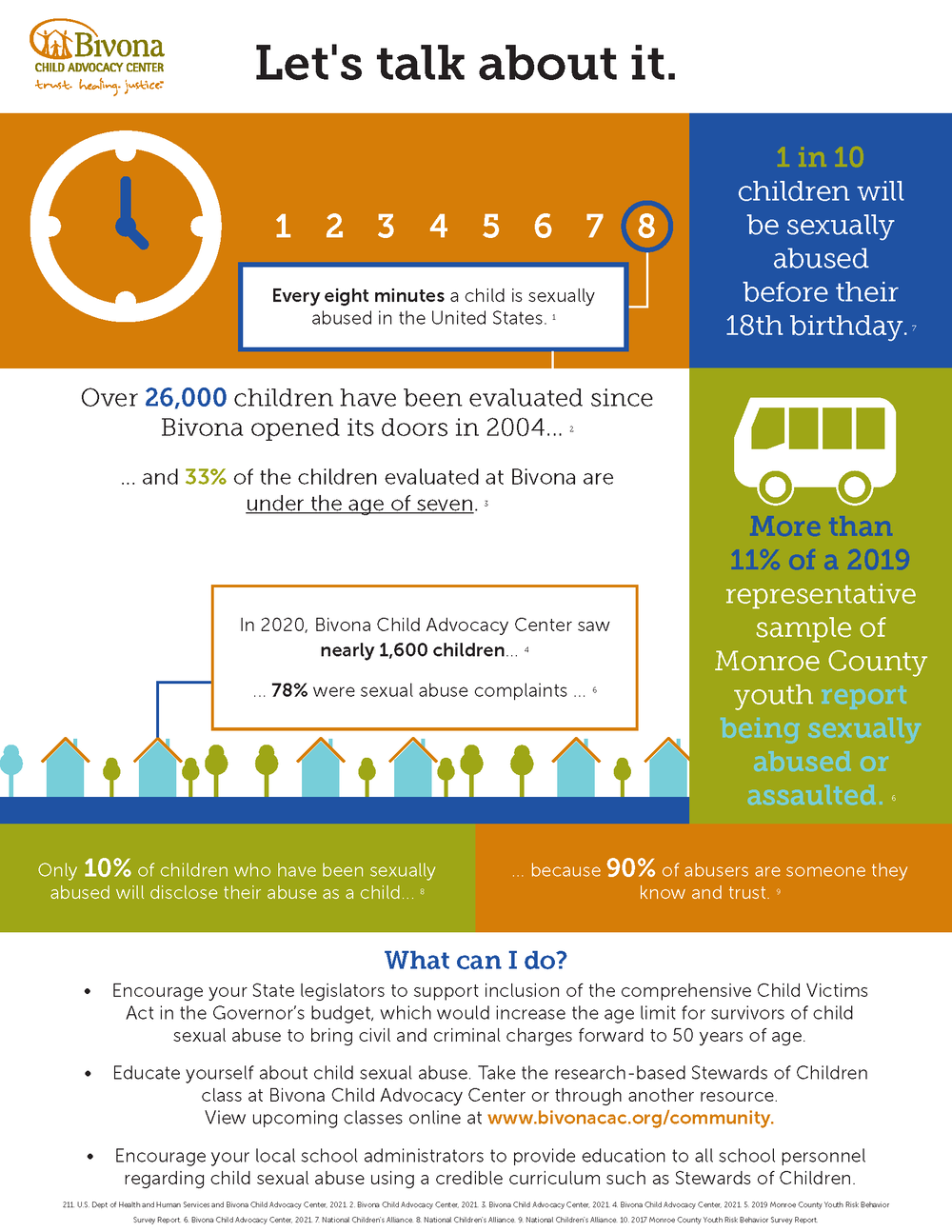Is my neighborhood safe from predators?
The answer may surprise you.

Every family wants and deserves to live in a safe community, but how secure actually are the lives of our loved ones? The answer may be alarming, but there is good news: with sufficient education on the threats to our families, as well as how to combat them, we can provide safety in their lives.
Skip ahead:
We know that registered sex offenders (RSOs) are not allowed to live near schools, playgrounds, and daycare centers. Additionally, police must notify residents when an RSO moves into their neighborhood. So then, it stands to reason that if we live in an apparently crime-free, well-respected part of town, we can live without the worry of predators in our backyards; doesn’t it?
As it turns out, around 10% of sex offenders fail to properly register. This means that predators may reside in just about any neighborhood. But let’s consider the unlikely but fortunate situation in which we’re absolutely certain: sex offenders do not reside within several miles of our hypothetical family. This must mean that our children are free from the threat of predation; right?
Not so, it seems.
Four percent of children receive aggressive solicitations from adults online, including attempts to contact the children in person or over the phone.
This conservative estimate means that at least one in 25 children, before their 18th birthday, will be severely harassed by an adult attempting to develop an offline relationship with them. The perpetrator in these cases often resides within a moderate driving distance of the victim, enabling them to escalate their relationship from virtual to physical.
Worse yet, the claim that 4% of children receiving aggressive solicitations is likely underestimated by 90%, as only 10% of sexually abused children will disclose their abuse before becoming adults. The actual frequency with which children find themselves in such a horrific predicament is closer to 40%. In addition, some predators are willing to literally go to great distances to reach their victims, such as one man who traveled 351 miles, mostly on foot, right into the arms of a law enforcement sting operation posing as an underage child.
But let’s consider the possibility that our theoretical family lives in isolation, hundreds of miles from the nearest city. As well, they have parental controls enabled on their kids’ devices to defend against predators. Surely, this implies a certain degree of safety, doesn’t it?
As it turns out, the answer is no – kids learn new techniques to circumvent parental controls every day. Such controls are not sufficient to rely on for our children’s safety; even when enabled and properly configured, they cannot prevent 100% of unscrupulous behavior. Additionally, parental controls can often be bypassed by a clever kid with access to Google. Children are discovering – and sharing with their friends – new ways of getting around content filters on a daily basis.
Furthermore, remote interactions with nefarious adults living in faraway places, even halfway around the world, regularly lead to sharp declines in our children’s mental health, as well as sextortion and blackmail. Any determined remote predator may be capable of destroying a child’s life without every coming into physical contact.
For an in-depth look at recent predator news in the world, check out the following information:
How can we keep our children safe?
Education and awareness.

Protecting our children from predators is a constant battle: one that requires consistent effort from ourselves, our neighbors, and our loved ones. Before we can optimally protect our children, we must first educate ourselves and promote awareness, especially in three particular areas.


Know your Area
All of us want and deserve to feel secure in our daily lives. For most of us, this implies freedom from the threat of violent crime by those we consider our neighbors. But just how safe are our neighborhoods?
For some, the gated community in a suburban area provides peace of mind to its residents. For others, the quiet solitude of rural living affords solace to those dwelling in such areas. However, from the edge of civilization to the heart of metropolitan life, the threat of becoming a victim at the hands of a violent offender is never fully extinguished, and rarely as distant as we would like to believe.
Consider the case of Tenino, WA: A small city not far south of the greater Seattle area with a population of just under 2,000. Only as distant in the past as February 1, 2023, its residents met with a sudden startle, when the realization of a halfway house-like residency for violent sex offenders popped up with no warning nor requirement of permit. One of the residents is considered a level-3 sex offender, designating a high rate of recidivism.
Know your area.
Use the following resources to help familiarize yourself with the threat level in your area:
Know your Network
Being aware of potential danger in your physical location and surrounding area is a vital first step in ensuring the safety of our children. However, some of the greatest threats to our families come not from across the neighborhood, but from across the network.
The internet is an incredibly valuable resource with priceless opportunities for children to grow and learn in healthy ways. But as powerful in its value as a developmental tool the internet may be, it has just as much potential to provide an avenue through which predators are able to harm our loved ones.
On February 2, 2023, just one day after the town of Tenino, WA met with an unwelcome surprise, Patrick Plummer of Parsonsfield, ME was sentenced to thirteen years in prison for child exploitation. While his case is just one of many, what distinguishes this story from others is the magnitude of the crimes detailed in his case.
Caught in an undercover sting while traveling to Massachusetts to meet with an individual that he believed to be a 13-year-old girl, Plummer had in his possession phones from which evidence was recovered that illustrates a horrifying picture.

In addition to the one purported child upon which Plummer attempted to prey, he attempted to entice approximately ten actual children to engage in sexually explicit conduct in the same manner. Furthermore, the FBI found over 7,000 images and 74 videos of child pornography on at least three of his devices. As is often the case, for every “fake” victim (undercover officer) among Plummer’s attempted prey, there were ten actual victims exposed to his vile behavior. Crimes committed against decoys are not victimless.
Know your Network.
Use the following resources to help familiarize yourself with online threats to our kids:
Know your Child
Educating ourselves on the physical and online threats to our children is vital to ensuring their safety; however, equally as important is maintaining awareness regarding their everyday social interactions.
Privacy is a luxury afforded to most adults and generally deserved by children as well. But safety is paramount when it comes to our kids, even moreso than ensuring their privacy. Although it may feel invasive to check our children’s devices for potential threats and maintain awareness of their personal interactions, it is an essential component of responsible parenting to do so.
The perpetrators of crimes against children are often figures of authority that we inherently trust, such as family members, police officers, ministers, and teachers. We often trust such individuals without question, enabling them to gain access to our children and commit heinous crimes against them, resulting in damage and trauma that can last a lifetime.
Consider the case of Kirk Ashton, a former elementary school principal from Hilton, NY. On October 24, 2022, Ashton was convicted of 46 counts of criminal charges against former students spanning a period of 9 years, 11 of which counts were for first-degree child sexual abuse.

Terrifyingly, Ashton might have continued to prey on our children for many more years to come if not for the life-saving curriculum introduced to the school by Bivona Child Advocacy Center. Following an educational session held by Bivona, one student came forward to speak out against the principal’s shameful actions against his community, triggering a domino effect that led to allegations by 26 current and former students. Without the assistance of organizations such as Bivona CAC, predators like Ashton may continue to perpetuate sexual crimes against our children without being punished for their actions.
Know your child.
Use the following resources to help familiarize yourself with potential threats to our kids:

Get in Touch. Get Involved.
Ensuring the safety of children is important to us all. If you need help, or would like to help in any way, please get in touch with us to let us know. We look forward to hearing from you!


